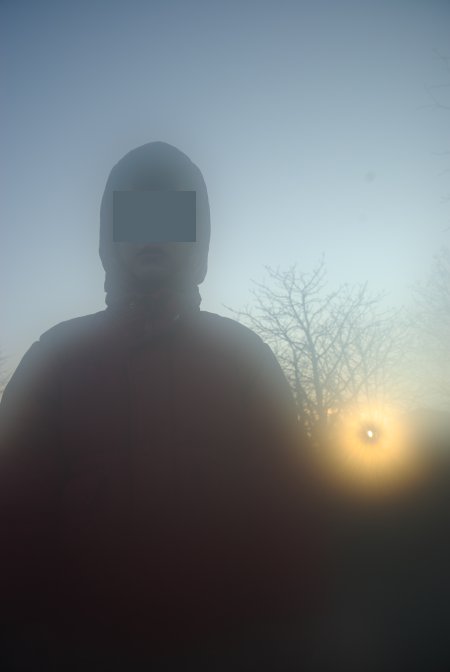mediatorial rhino
Friday, May 30th, 2008In the current journal of our new employer, I found the above illustration. allthough I can not read the text around it, it seems to outline the interplay between pure and applied math.
randformblog on math, physics, art, and design |
In the current journal of our new employer, I found the above illustration. allthough I can not read the text around it, it seems to outline the interplay between pure and applied math.
I am currently putting together a pdf document with the title: On the need for a global academic internet platform. In this randform post you can find the first section. The therein contained links are leading to posts, which partially went into the below section or which will go into the third section.
Hence below is an excerpt of the pdf Draft containing some new arguments for such a platform and a little of the old arguments. In particular the suggestions for a workflow (scroll down to last subsection) are mostly new. Again-I put this here on the blog in order to encourage discussion about it.
The American mathematical society, the American Statistical Association, the Mathematical Association of America, and the Society for Industrial and Applied Mathematics announced that the theme for Mathematics Awareness Month 2008 is Math and Voting. Among others the AMS has on their news website also a link to a newsweek article by Sharon Begley and to the mathawareness campaign itself, which includes a very easy to understand demonstration on how different voting systems lead to different results. In particular the difference between a pure ranking system and a system, where one assignes weights/values to the choice like in method 2 (approval voting) or method 3 as a special case of Instant-runoff voting is displayed.
Sheril Kirschenbaum and Chris Mooney of the blog the intersection and coorganizers and committee members of science debate, which is
A concerned citizens initiative now cosponsored by the AAAS, the Council on Competitiveness, the National Academy of Sciences, the National Academy of Engineering, and the Institute of Medicine, and signed by over 100 leading American universities and other organizations.
announced yesterday the official invitation date and location (see also NY times article) of the sciencedebate 2008.
The initiative invited the US american presidential candidates Hillary Clinton, Mike Huckabee, John McCain, and Barack Obama to join in for a debate on science & economy.
From the science debate website:
Given the many urgent scientific and technological challenges facing America and the rest of the world, the increasing need for accurate scientific information in political decision making, and the vital role scientific innovation plays in spurring economic growth and competitiveness, we call for a public debate in which the U.S. presidential candidates share their views on the issues of The Environment, Health and Medicine, and Science and Technology Policy.
The science debate is a great initiative and I hope that they will get all candidates to discuss the future of (US) science and in particular its societal role, although I fear a bit that given the current republican policy on budget cuts in science the candidates John McCain and Mike Huckabee may prefer to stay away. ??? (I hope not!)
In 3 earlier blog posts (please see first here -together with the comment section then here and then here) I tried to explain that “the increasing need for accurate scientific and economic information in political decision making” could be partially met by an organisatorial framework which comes from the global science community. I envisioned an university organized internet platform (which I called “consciencement”) . On this platform scientific questions could be globally discussed by experts and could be put under science poll in order to provide a definite (however not final, and possibly ranked) “science answer” to certain questions, so that politicians would have an orientation on “the” scientific opinion about an issue.
There is an interesting conference called Science in the 21st Century coming up this year in which questions of science, society and the exchange and management of information will be discussed. Among others (from the conference website):
Information exchange and management, the scientific community, and the society as a whole can be thought of as a triangle of relationships, the mutual interactions in which are becoming increasingly important.
The conference is organized by Michael Nielsen who is writing a book on the future of science but who also proved to be an expert in quantum information theory (blog) and Sabine Hossenfelder at the Perimeter Institute in Canada, who is a theoretical physicist, who is in particular interested in black holes.
Sabine Hossenfelder actually commented on my proposition of the internet platform.
via Asymptotia
Another set of beautiful scans of an old science book. this time it is from a 16th centrury geomancy almanac
This is a follow up to views of the world.
via
here . A collection of strange instruments and other sightings at winter NAMM show. This years top oddity is the square drum. Browsing through the past years is interesting as well.
side remark: when I still was a student I attended (but didn’t really understand) a talk at a global analysis conference that addressed the question wether two different (shaped) drums can sound the same (can you hear the shape of a drum), that is wether there are different 2dimensional shapes that have exactly the same modes of resonance, so that you could not tell them apart by just listening to them (or looking at their spectra). It turns out there are (but the shapes do not look drum like at all…)
Just a link to an upcoming event (April 14 – May 9, 2008) by the Max-Planck-Institut for complex system on Bio-inspired Complex Networks in Science and Technology, From Topology to Structure and Dynamics

There had been quite some discussions about a recent case control study (in german) where cases were children younger than 5 years (diseased between 1980 and 2003) registered at the german childhood cancer registry (GCCR). According to a statement by Minister Gabriel of the Federal Ministry for the Environment, Nature Conversation and Nuclear Safety
“In this study by the German Childhood Cancer Registry (Deutsches Kinderkrebsregister) in Mainz, increased cancer incidences were ascertained statistically for children living in the vicinity of the 16 sites of German nuclear power plants.
Experts (see below) consider the study to be the world-wide methodically most elaborate and comprehensive study regarding the correlation between a higher risk of childhood cancer and proximity to a nuclear power plant. So what were the discussions about?

As a prelude for next years “year of mathematics” here in germany, today the exhibition imaginary started at TU Munich. It shows models and prints of mathematical visualization ( I contributed the above picture) as well as interactive installations (one of them made here at TU Berlin with jReality).